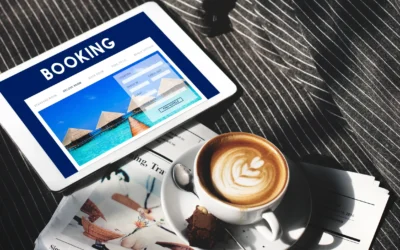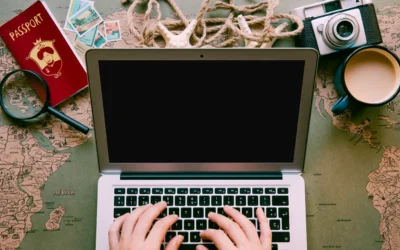Personalization Strategies in Travel Marketing
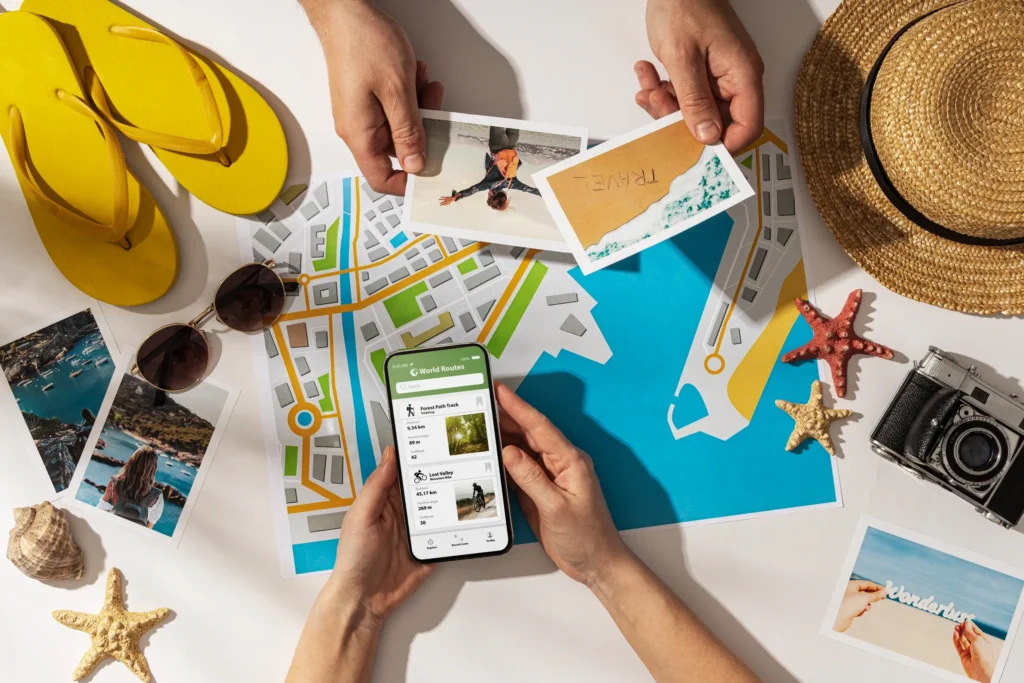
Travelers today expect more than generic packages – they want experiences tailored to their individual preferences, behaviors, and motivations.
Travel brands must shift from mass marketing to personalization, using data and AI to deliver offers, itineraries, and services that feel uniquely relevant.
Personalization drives higher engagement, trust, and loyalty – often leading to more bookings and increased revenue.
In this article, you’ll learn why personalization matters, how it works, which strategies to apply, and how to do it ethically and effectively.
Table of Contents
Why Personalization Matters in Travel Today
The business case
- According to a global study by Simon‑Kucher & Partners, travellers are willing to pay premiums for tailored experiences – in music tourism, sports trips, etc.
- A travel industry article estimates that companies using AI-powered personalization could see up to 25 % more bookings or 20-30 % higher engagement.
The consumer side
- A 2025 survey from Data Axle found that 61 % of travelers value personalized recommendations beyond standard offers; for Millennials and Gen Z that number is even higher.
- Younger generations are especially influenced by social media, pop culture and expectation of hyper-personalization.
Strategic advantage
Brands that deliver personalization can differentiate themselves in an industry facing saturation and price pressure. Companies that combine tech capability with a human touch will lead.
How Personalization Works: Data, AI & Technology
Personalization in travel marketing is not just a trend, but a strategic imperative that can significantly improve customer experience and drive business growth. To personalize effectively, companies must take a multipronged approach:
Data foundations
- Key data sources: booking history, search behaviour, loyalty programme interactions, mobile app data, social behaviour, location/geodata
- Consent and privacy: First-party data is becoming crucial as cookies fade and regulatory scrutiny increases
AI & Recommendation Engines
- AI can segment travellers beyond traditional buckets and offer real-time, context-aware suggestions (e.g., dynamic itineraries, room upgrades, local activities).
- In one example, 40 % of users selected the top recommended result when AI curated the list rather than showing a long screen of options.
Omnichannel and Context-Aware Experience
- Personalization isn’t just about email offers. It spans web, mobile app, push notifications, chatbots, voice assistants and even in-destination experiences (e.g., hotel room settings, on-site recommendations)
- For example, the travel-tech company Amadeus predicts “personalised flying” – where in-flight entertainment, extras and lounge access are tailored to the individual passenger.
Key Personalization Strategies for Travel Brands
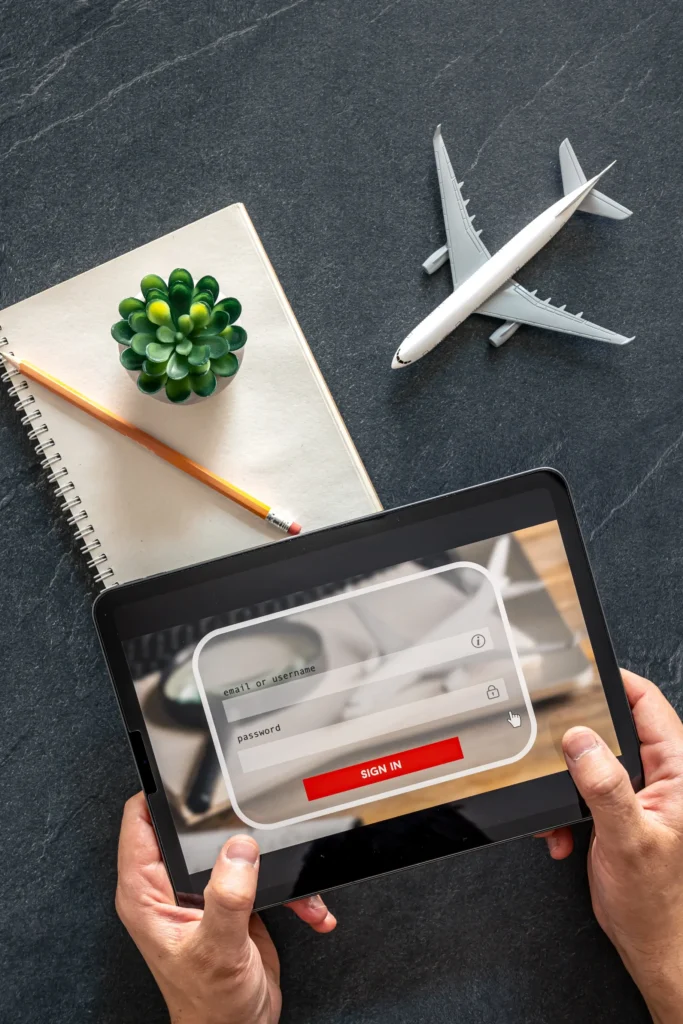
Smart Segmentation & Personas
- Move beyond simple segments (e.g., “families”, “business travellers”) to richer personas based on behaviour, preferences, stage of life, micro-needs
- Use this segmentation to tailor messaging, offers and product bundles
Dynamic Offers & Customized Packages
- Provide custom travel packages: dates, destinations, activities tailored to each user
- Use pricing logic that adapts to user profile and willingness to pay (within ethical boundaries)
AI-Powered Planning & Recommendations
- Deploy recommendation engines that suggest destinations, accommodations or services based on past interactions
- Example: showing eco-friendly hotel stays to travellers who previously chose green options
Personalized Email & Retargeting Campaigns
- Use dynamic content in email: show relevant destinations, upsell local experiences, cross-sell accessories (car rental, tours)
- Retarget users who abandoned search/cart with tailored offers based on their viewed items
Geo- & Contextual Personalization
- Use location data (pre-trip, in-destination) to trigger offers: e.g., mobile push offering a local experience when the traveller arrives
- Real-time adaptation: weather changes, flight delays, local events – personalise suggestions accordingly
Omnichannel Consistency
- Ensure the experience is consistent across web, app, email, and offline touch-points
- Loyalty programme data should feed into all these channels so the traveller feels recognized everywhere
Example Implementation Roadmap
- Audit existing data sources, systems, and customer journeys
- Select tools: CRM/CDP, AI recommendation engine, marketing automation, mobile app infrastructure
- Pilot personalization in one channel (e.g., email) with a selected audience
- Scale to more channels (mobile app, web, in-destination) and refine
- Measure KPIs: conversion rate uplift, average booking value, repeat booking rate, loyalty enrolment
- Iterate and optimise, using A/B tests, algorithm feedback, new data inputs
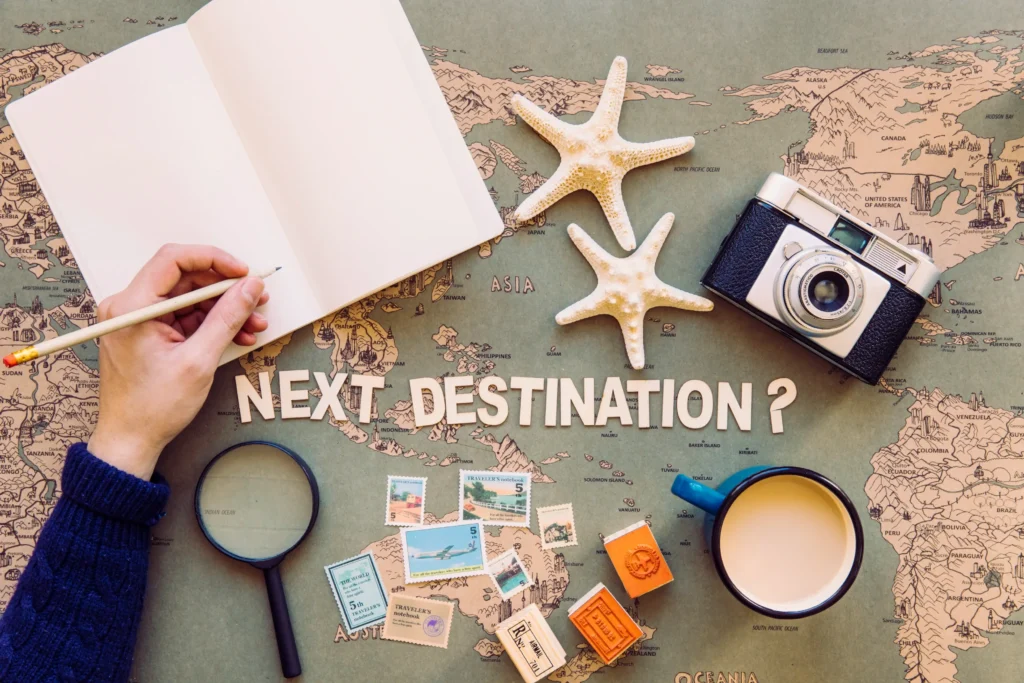
Ethical Considerations & Privacy Compliance
- Transparency: let users know what data you collect and how you use it
- Consent: ensure opt-in for personalised offers and data usage
- Avoid “creepy” personalization: e.g., don’t show an offer based on sensitive data or use overly intrusive behaviour tracking
- Data security: ensure you guard personal data carefully
- Regulatory compliance: e.g., General Data Protection Regulation (GDPR) in Europe, evolving cookie consent rules, etc.
- Remember: great personalization augments human service, it doesn’t replace the human touch. As IMD notes, the best travel brands “balance tech with touch”.
2025 Trends & Future Outlook
- Generative AI + travel planning: Tools that build full itineraries (flights, hotel, experiences) based on a few prompts are on the rise.
- Voice and gesture interfaces: Smart assistants will integrate into travel apps, enabling conversational planning and real-time adaptation
- Hyper-personalisation at scale: Expect micro-segments to the one-to-one level, with dynamic offers triggered by context (location, time, behaviour)
- Sustainability + personalisation: More travellers will want eco-friendly options built into their personal travel profile. E.g., willingness to pay more for green flights/accommodations.
- Immersive previews (AR/VR): Allow travellers to virtually experience room, destination, activity before booking – helping drive confidence.
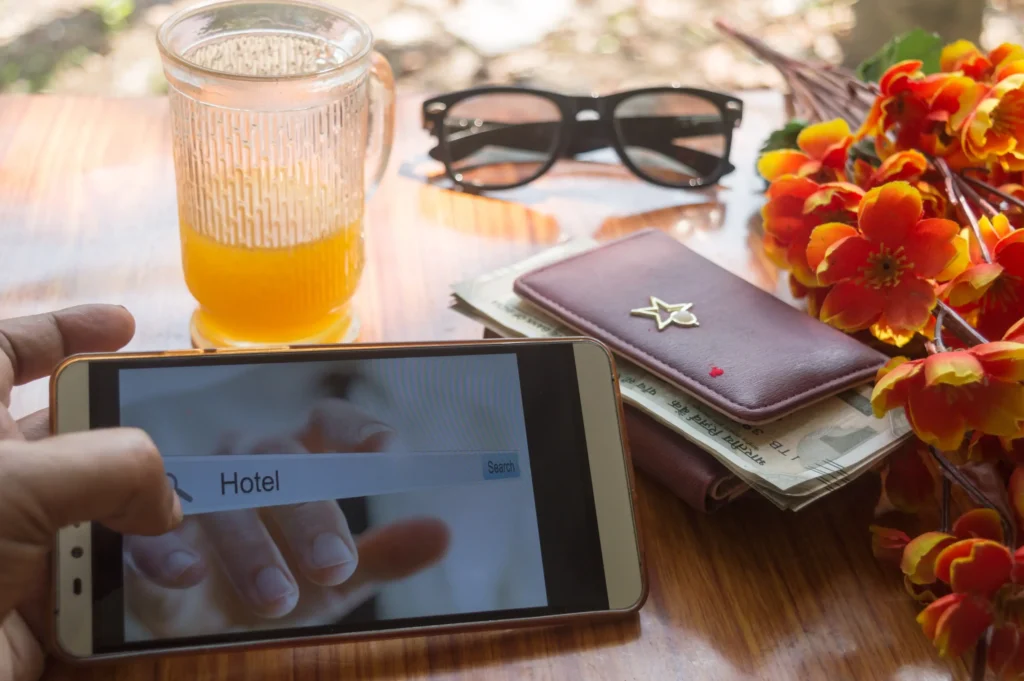
Conclusion
In the evolving travel landscape, personalization is no longer optional – it’s fundamental.
Travel brands that harness customer data intelligently, deploy AI-enabled personalization engines, and maintain a human-centred service mindset will capture more bookings, build stronger loyalty, and stand out.
Start with one channel, measure impact, scale consistently – and always remember: it’s not just about the destination, but how the journey feels for that individual traveller.
Start personalizing one part of your customer journey today – and grow with us!
FAQ: Personalization in Travel Marketing
1️⃣ What is personalization in travel marketing?
Personalization is the use of customer data and behavior insights to tailor travel offers, content, and services to individual needs – making each traveler feel understood and valued.
2️⃣ Why is personalization important for travel businesses?
It boosts engagement, conversion rates, loyalty, and overall customer satisfaction – helping brands stand out in a highly competitive market.
3️⃣ What data is typically used for travel personalization?
Booking history, website behavior, loyalty program interactions, destinations viewed, preferred travel styles, and location data (with consent).
4️⃣ How can small travel companies start personalizing?
Begin with one channel (like email), segment customers into groups, offer tailored content or packages, and expand as results grow.
5️⃣ Does personalization rely on AI?
AI enhances personalization by predicting traveler behavior and recommending relevant offers at scale, but it isn’t required to start.
6️⃣ How do brands avoid being intrusive with personalization?
Focus on transparency, data consent, value-driven messaging, and avoid using sensitive or overly personal information.
7️⃣ What KPIs show personalization success?
Increased bookings, higher click-through rates, repeat travel rates, upsell performance, and loyalty program growth.
8️⃣ Can personalization support sustainable travel choices?
Yes – by recommending eco-friendly stays, slow-travel options, off-peak destinations, and responsible tour providers that match traveler preferences.
